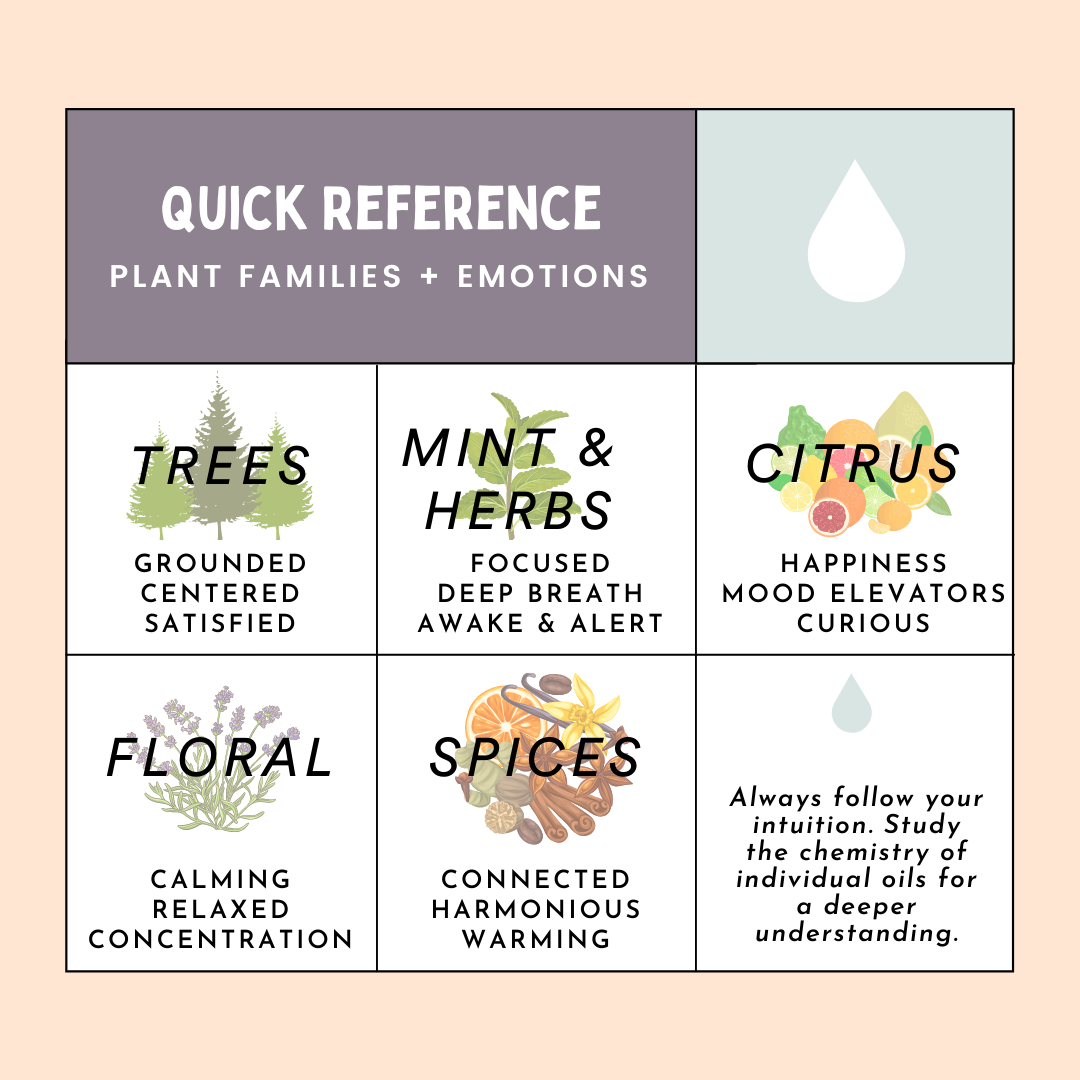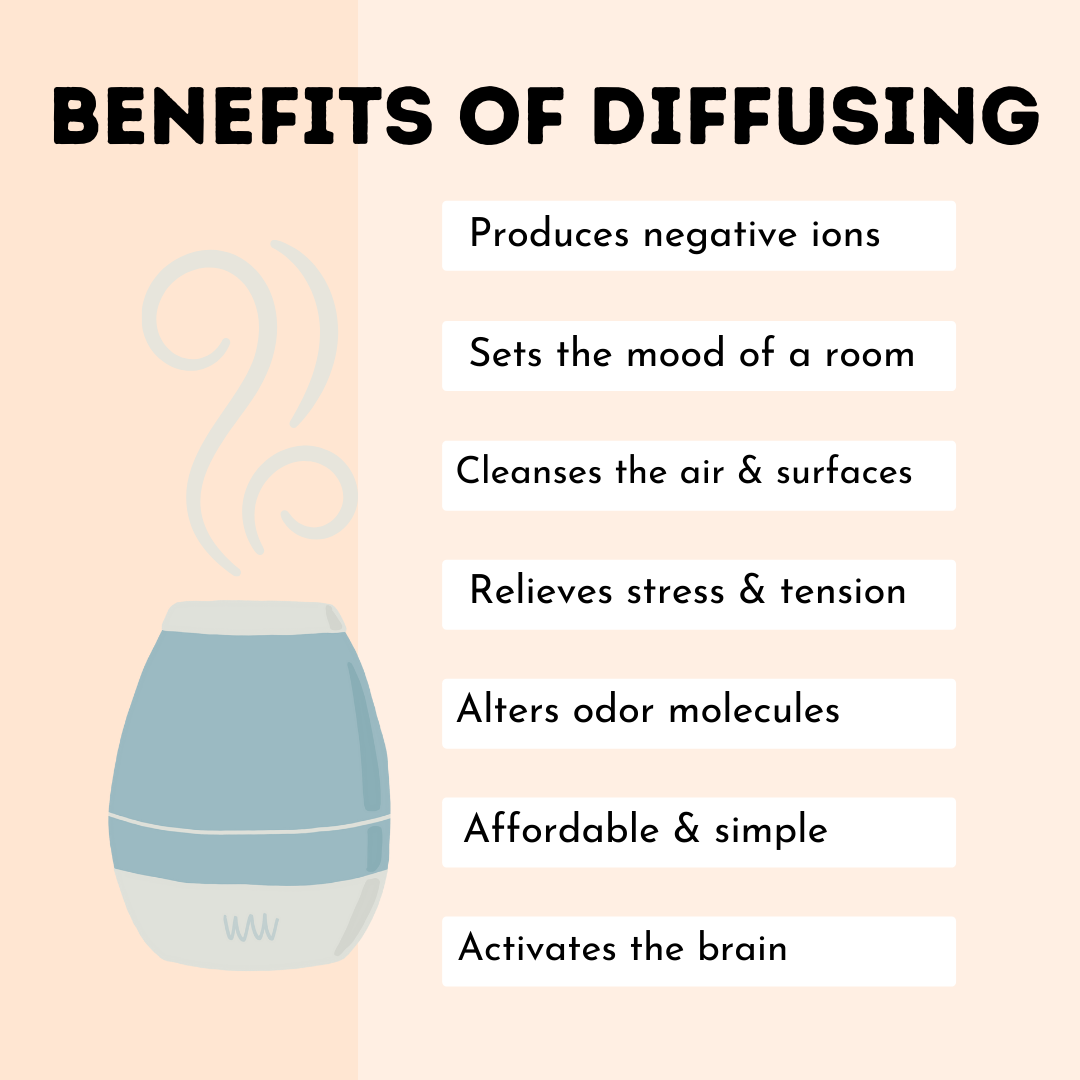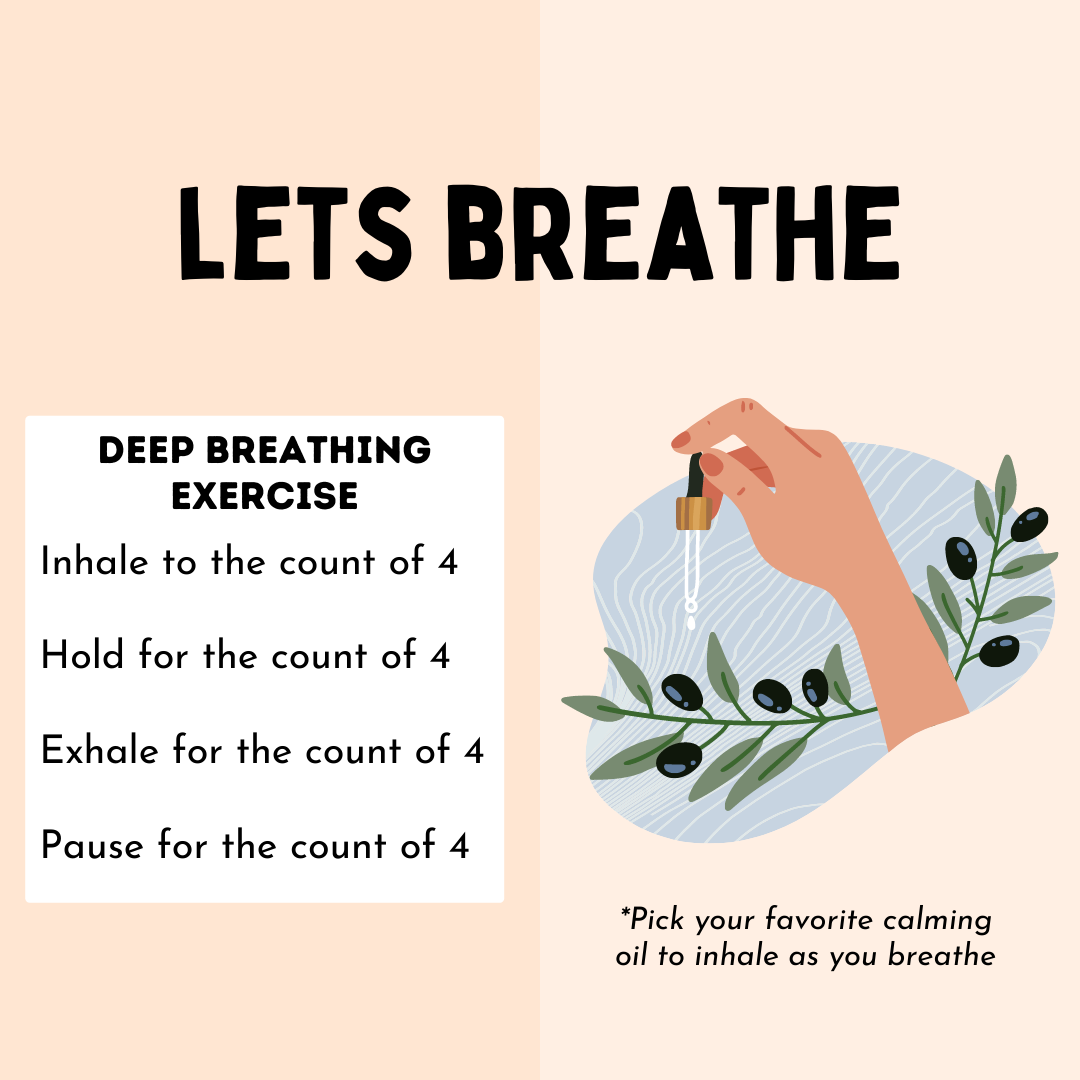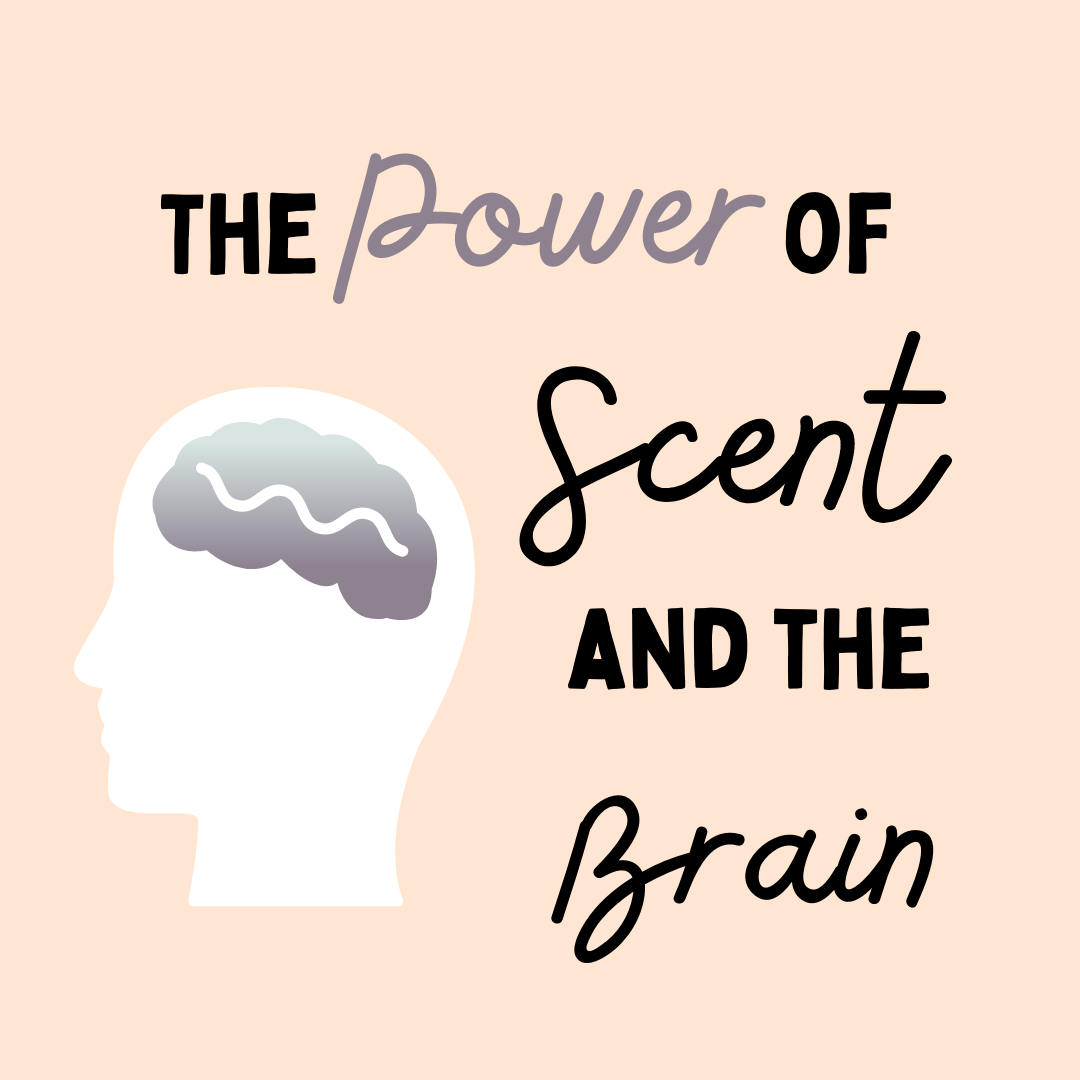
So let’s talk about the Power of Scent & the Brain!
It’s been a GREAT time for me to revisit this concept personally, and I hope you also enjoy this info.
Your diffuser is actually much more than home decor. It’s a powerful wellness tool when paired with pure therapeutic YL oils. I’d love to help you make the most out of this investment!
I guess the first question might be “Why are smells such a big deal?”
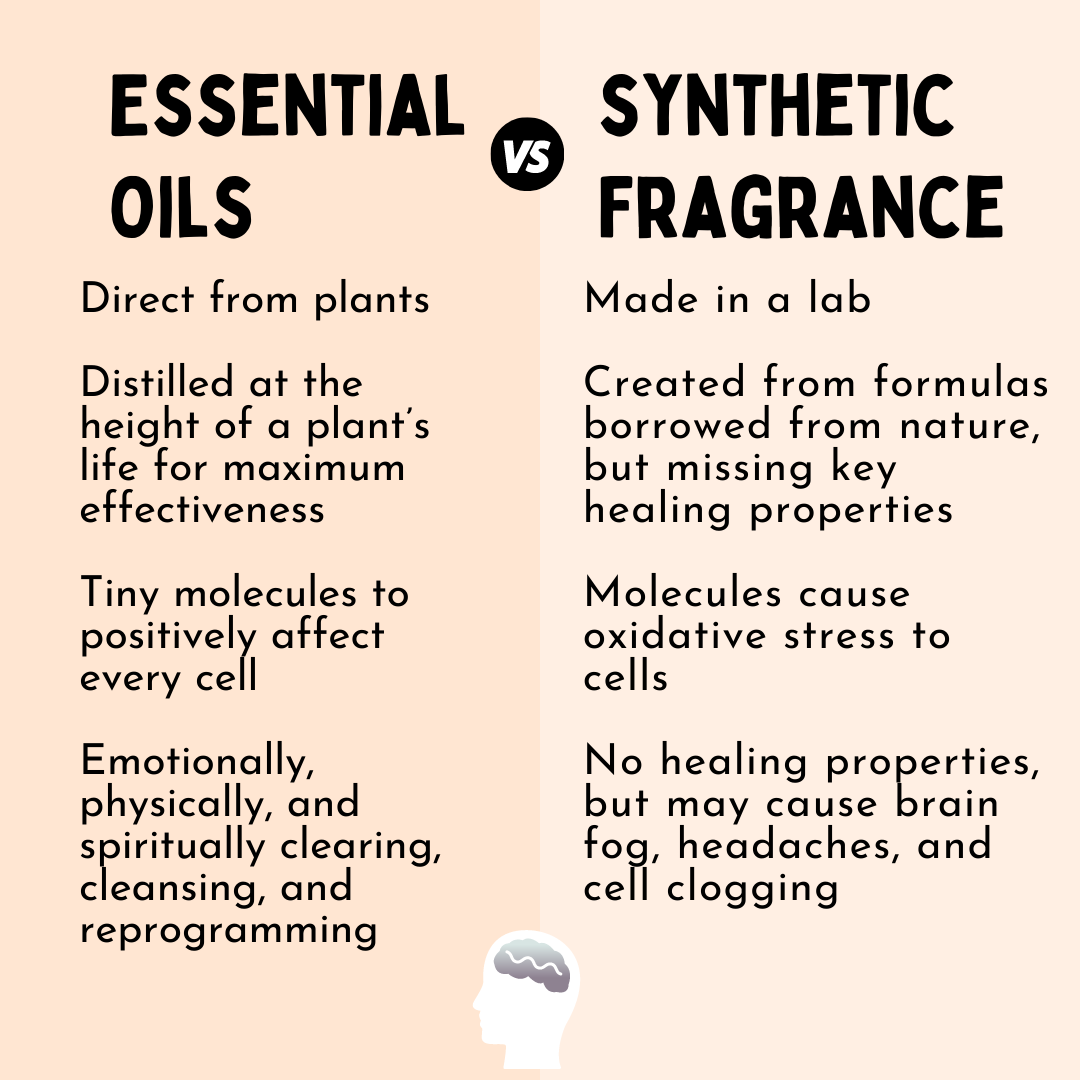
Essential Oils v. Synthetic Fragrance
We have a sense of smell for a reason. On a survival level, it’s to understand your surroundings and find rotten foods (don’t eat it!). On a deeper level, it’s to trigger emotions and memories that help us cope with life.
Aromas can come from natural things, like plants & nature. Over the years, there have become man-made chemicals that mimic natural substances. But a chemical that “smells like pine” (or whatever) doesn’t impact our brain and body the same as actually smelling pine. It’s important to know the difference! It can have massive effects on your health, both right now and in the long run.
Here is a visual of the difference between natural and synthetic scents.
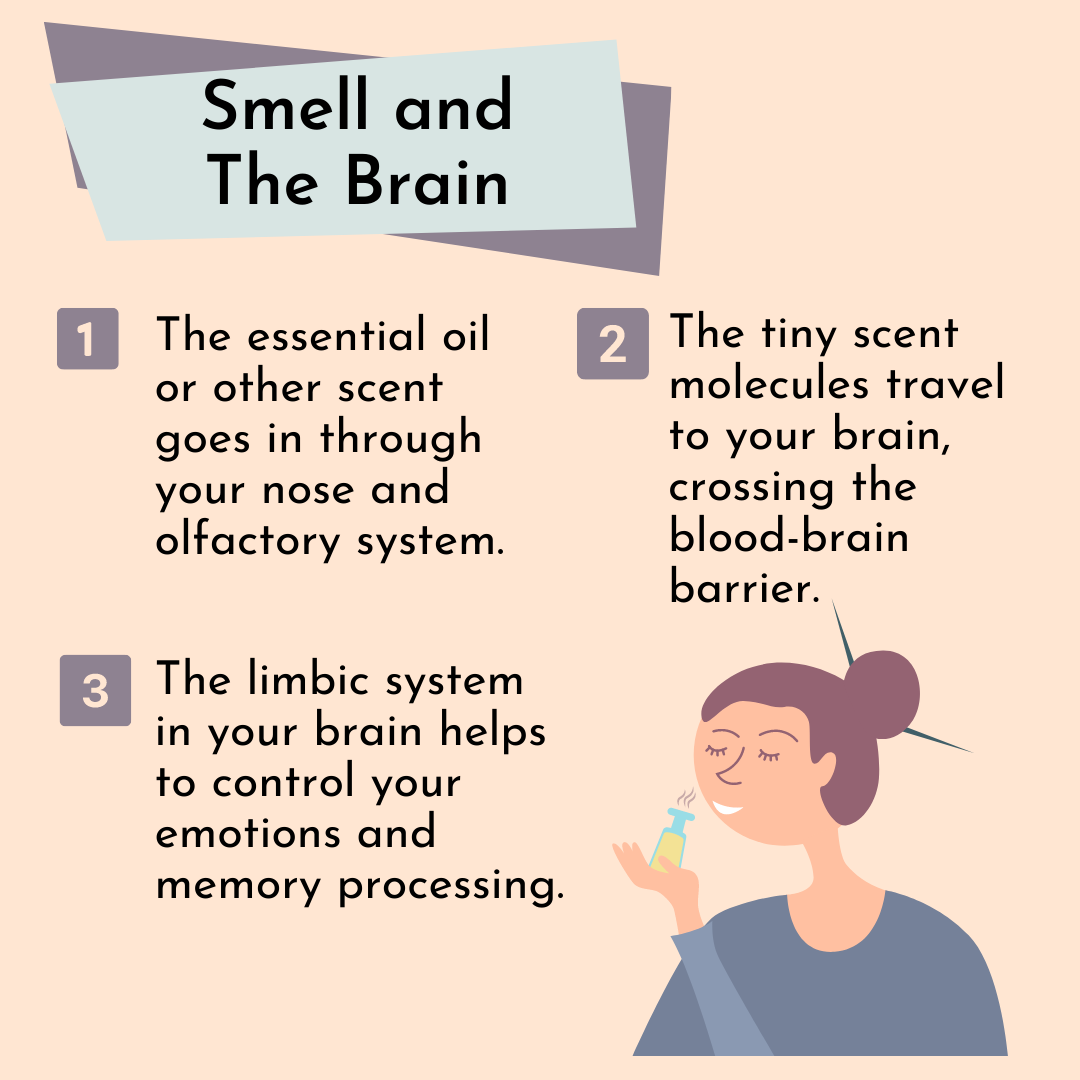
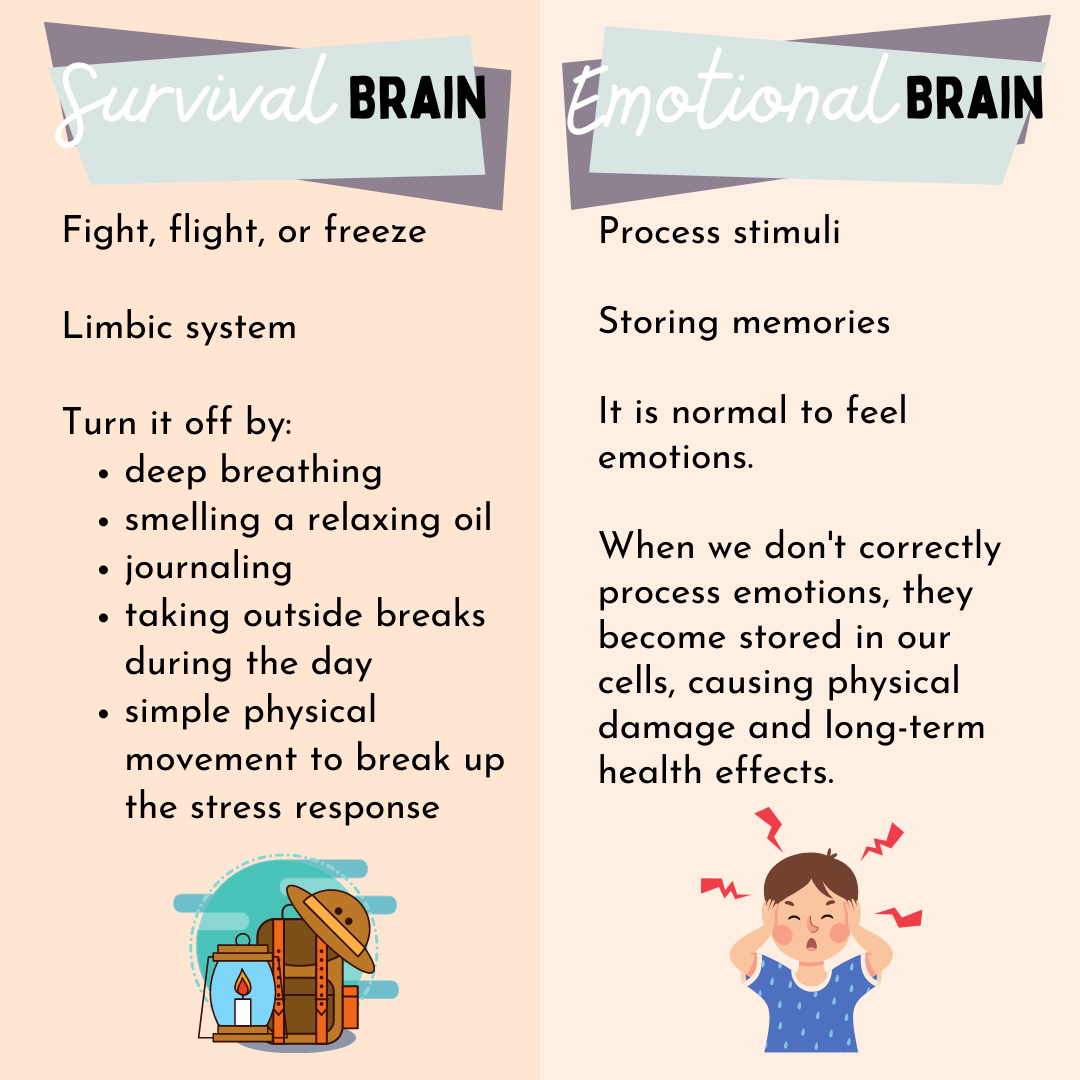
When we inhale Young Living essential oils, it is different from inhaling fragrance oils, perfume, or other scented products. YL oils aren’t “scented.” They are intuitive organic molecules that are aromatic by their nature and design. It's a really cool process to see how that little oil molecule gets into your brain when inhaled. It goes into the nose, through your olfactory system, and directly to the brain. Its main stop is in the limbic system, where it communicates to our brain and body. Each oil has its own chemical makeup and unique aromatherapy properties.
A casual example:
Lavender = sedative
Citrus = uplifting
Mint = energizing
Spruce = grounding
So our brain gets the first benefits of the oils. When it comes to the brain and emotion, it all boils down to this: our brain uses the limbic system as our survival mechanism. Have you heard of "Fight, Flight, or Freeze" in nature? That's our limbic system, trying to protect us and keep us alive. Our thinking brain can't work when the limbic system is engaged. If the limbic system is engaged too much, that’s chronic stress, and it breaks down the rest of our body. Check out the image for some ideas for getting back into “Rest and Digest.” And then, there's your emotional brain. This is how your brain processes stimuli and memories and gets them ready to be stored (think of the movie “Inside Out” with all of those balls of memory).
Remember, friend, that emotions are real and normal. It's ok to feel angry, sad, happy, giggly, or whatever you're feeling at any given moment. But what you don't want to do is stifle that emotion.
Want to hear something pretty cool? Not sure about you, but they didn’t teach me this as a kid. Emotions cause a physical (tangible) response and alteration in our brain and body. Yup, anger or happiness are real “things” with a chemical response and not just “feelings.” When we experience strong emotions in life (anger, grief, sadness, etc.) and attempt to ignore them (which we often do by instinct as a defense mechanism), the emotion becomes repressed and the physical chemical response that happened in our body as a result of that emotion finds a place in our physical body to cause aches and pains.
Proof! → Have you ever had a headache that was caused by stress? Or have you ever been nervous or disgusted and you felt it in your stomach? This is emotion being physically present in our body.
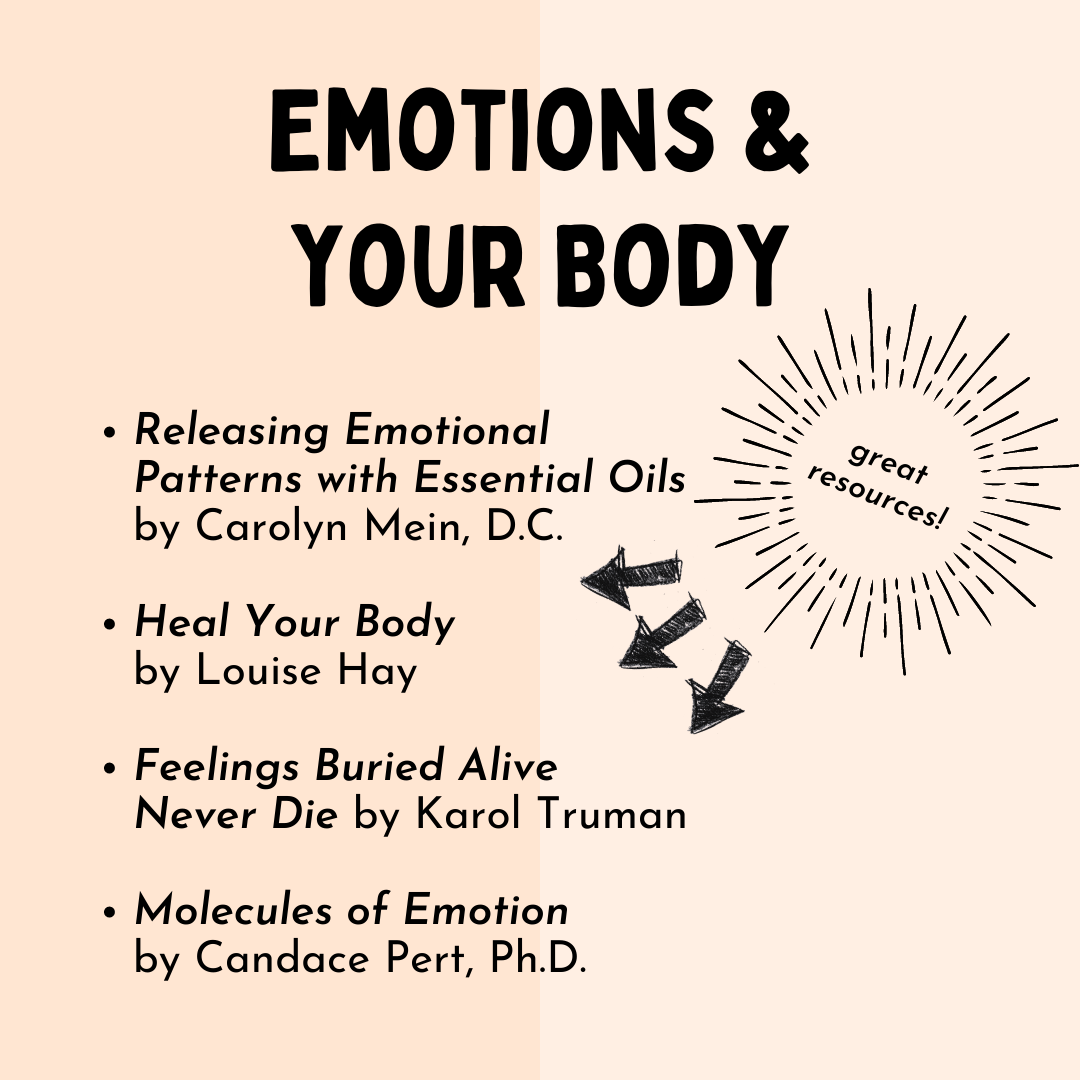
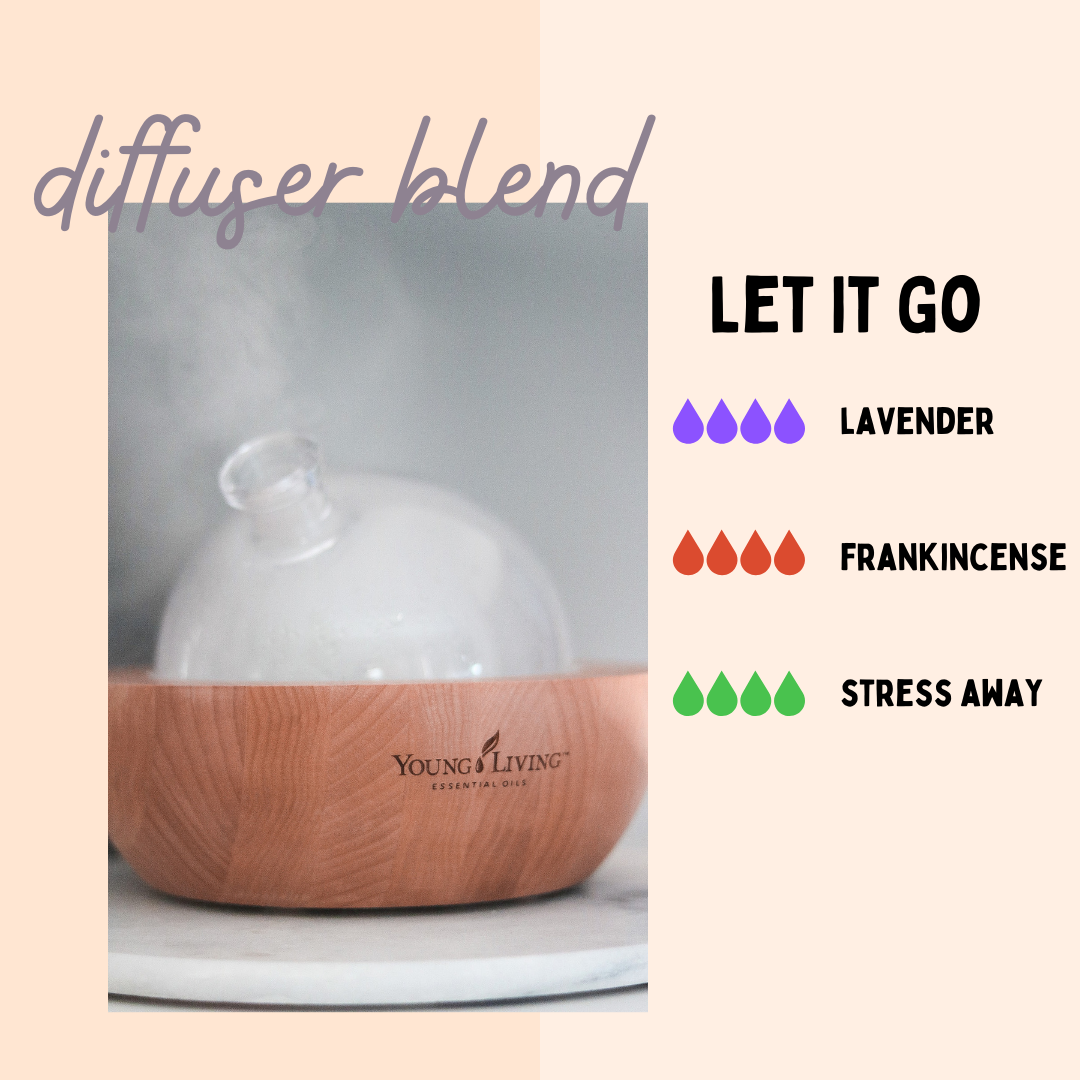
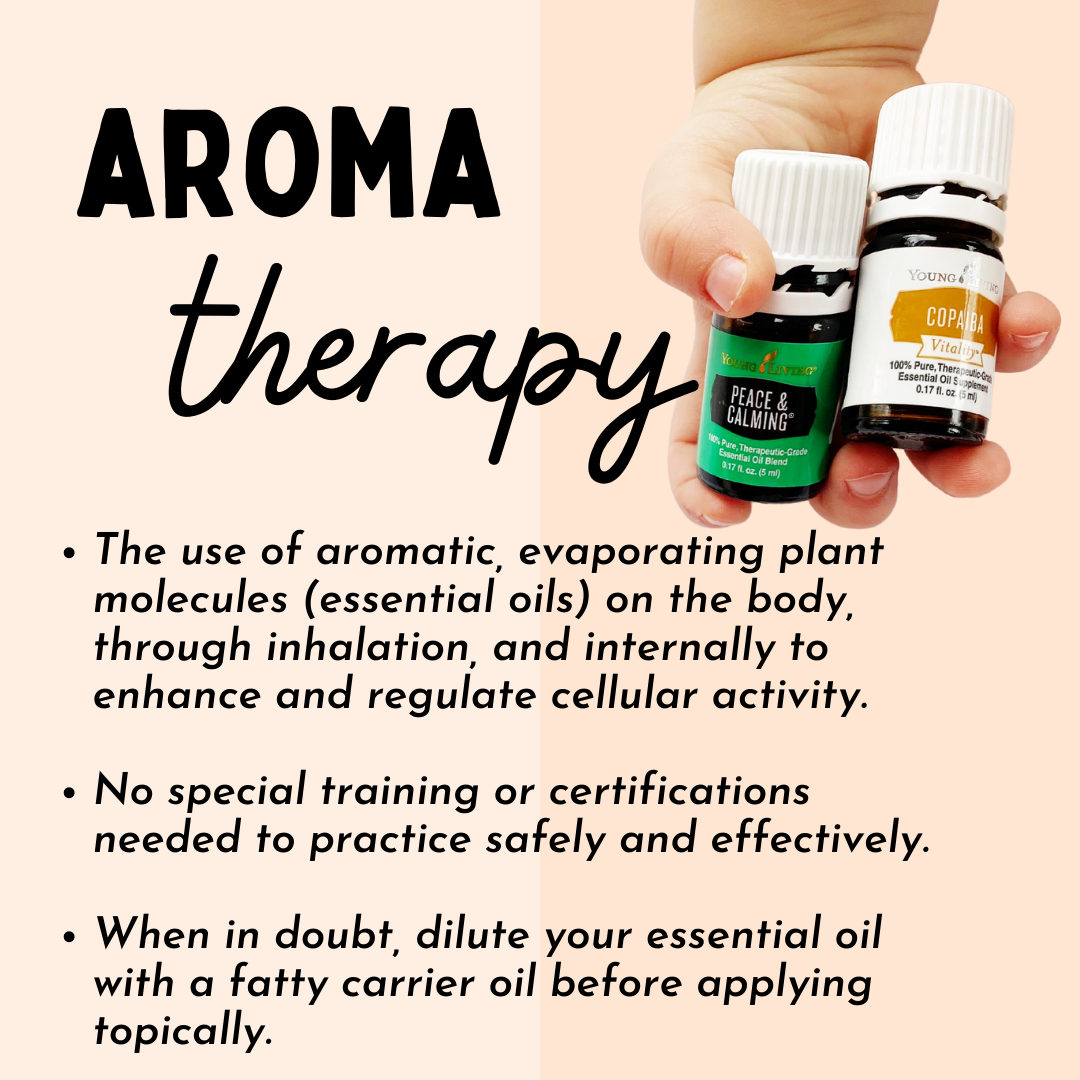
Fun fact: it’s not actually the oil that is causing the healing. It’s actually just giving your body the boost to find homeostasis (balance + healing).
